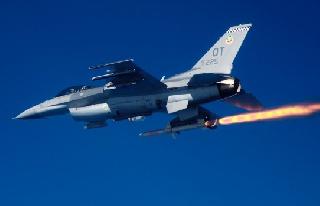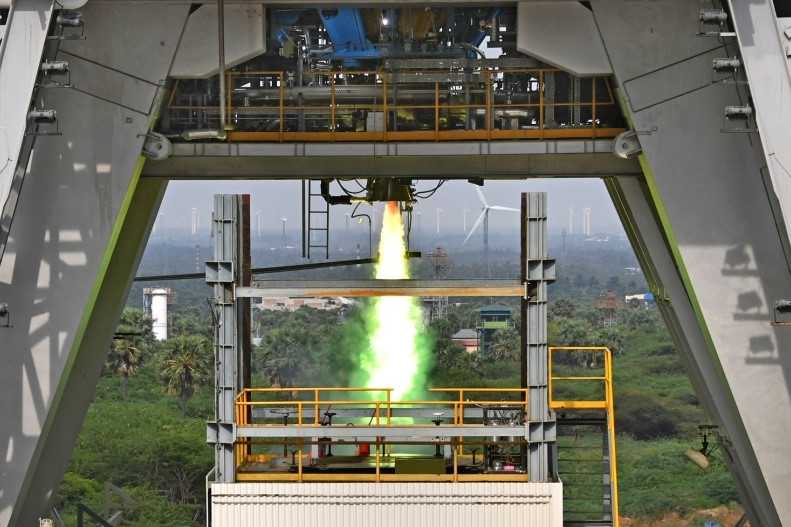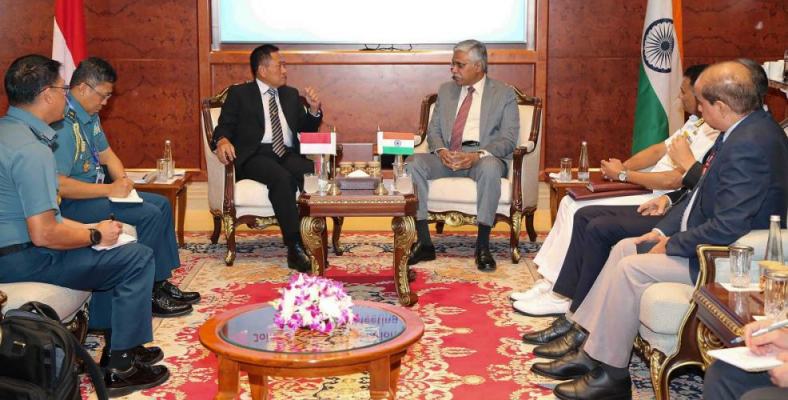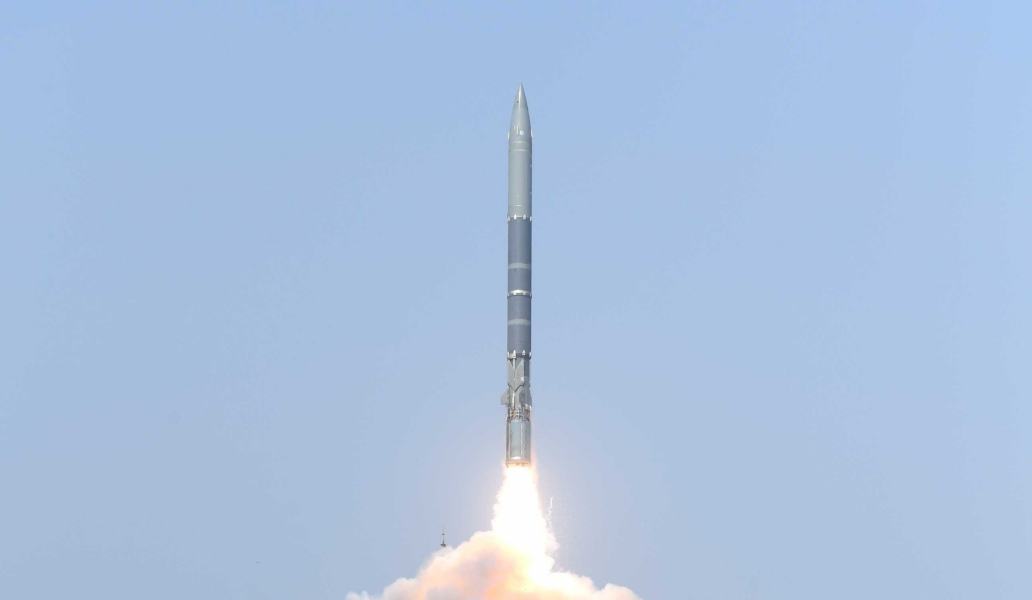
The USAF's F-16 fighter firing an AGM-88 High Speed Anti-Radiation Missile. An airforce photos image
NEW DELHI (PTI): After the success of Agni-V project, India is developing an Anti-Radiation Missile (ARM) which can hugely multiply the strike capabilities by destroying the enemy's advance warning system.
Production of the ARMs, which are among the most advanced missiles, is being undertaken on priority basis by the Defence Research and Development Laboratory (DRDL), which specialises in missile development.
Such missiles can be mounted on Sukhoi fighter planes Su-30 MKI, 140 of which have already been acquired by India from Russia and around 100 more are expected to be delivered in due course of time.
The missile can detect radar by tracking its electro-magnetic radiation and pulses generated, an official told PTI, adding these would be independent of the radar wavelength and be able to destroy it.
Such missiles, currently in use by some major powers like the US, can detect and attack a radar antenna or transmitter with minimal aircrew input.
The proportional guidance system that homes in on enemy radar emissions has a fixed antenna and seeker head in the missile's nose.
The Anti-Radiation Missiles in use by the US Air Force move at the speed of over Mach 2, propelled by a smokeless and solid-propellant rocket motor.
The US Air Force introduced High Speed Anti-Radiation Missiles (HARM) on the F-4G Wild Weasel and later on specialised F-16s equipped with the HARM Targeting System (HTS).
Other projects being undertaken on priority basis by the DRDO are long range air-to-air missile and short range surface-to-air missile.
The flight test and production clearance of medium range surface-to-air missiles is also on the cards.
The DRDO is also planning guided flight of Astra missile from ground and air in the near future.
Operationalisation of the third regiment of BRAHMOS missile for the Army, its integration with Su-30 MKI as also underwater trials from pontoon are also on the priority list.
DRDO is also working on early static validation trials of Pinaka MK-II rocket, with an extended range of 60 kms, along with user trials of its warhead.
The present range of the Pinaka rocket, launched in clusters of 12 from indigenously-built multi-barrel launcher, is 39-40 km in 40 seconds with 1.2 tons of high explosives.
Fitted with a variety of warheads like anti-tank mines and blast-cum-pre-fragmented high explosives, Pinaka can destroy an area of 350 sq kms.
Army has already raised two regiments of Pinaka and more are planned.
Flight trial of 'Prahar' missile as tactical battlefield surface-to-surface weapon system is also in the pipeline.
 Previous Article
Previous Article Next Article
Next Article












The Indian Air Force, in its flight trials evaluation report submitted before the Defence Ministry l..
view articleAn insight into the Medium Multi-Role Combat Aircraft competition...
view articleSky enthusiasts can now spot the International Space Station (ISS) commanded by Indian-American astr..
view article